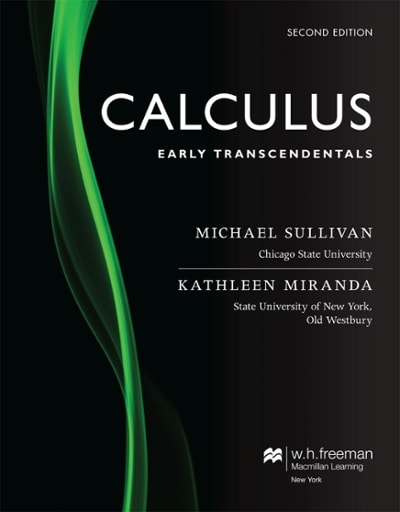Question
what would be a good non-direction hypothesis for this scenario?? To save electricity costs, a large public library run by council wants to determine the
what would be a good non-direction hypothesis for this scenario??
"To save electricity costs, a large public library run by council wants to determine the lowest level of lighting their clients can effectively read in without detrimentally affecting these clients' "satisfaction with experience" rating (i.e., how satisfied they are with the experience of the library).To answer this question, you recruit a random sample of 80 clients who regularly use the library and erect three dividing walls in the main reading space (on the library floor), creating four separate spaces for them to partake in quiet reading.You then assign 20 clients to each location, and in each location you vary the intensity of the lighting.In the first location, you make the lighting very bright, which is the current level of illumination throughout the library.In the second location you set the lighting at a lower ambience; bright. In the third location the lighting is dim, and in the fourth location the lighting is very dim.Therefore, the lighting systematically falls in illumination from very bright, to bright, to dim, to very dim.
The clients are required to read in these conditions for two hours a day, each day, for a five-day week, starting Monday morning. On Friday afternoon (at the close of library business) you provide clients with a questionnaire measuring their satisfaction with their library experience (Note:you made sure that each of the 80 clients possessed an equivalent satisfaction level before you recruited them, i.e. they were all similarly satisfied with their library experience before you began your study).
Assuming "normal" satisfaction is the mean (average) score of clients in the very bright condition, you are interested in determining at what (decreased) lighting the mean satisfaction significantly declines from this very bright mean.That is, is a significant decline noticeable at the bright condition, dim or very dim condition? Or is there a decline at all?Hopefully you can now answer the library's question - which is the lowest level of lighting below very bright that sustains an equivalent satisfaction mean for clients?"
Step by Step Solution
There are 3 Steps involved in it
Step: 1

Get Instant Access to Expert-Tailored Solutions
See step-by-step solutions with expert insights and AI powered tools for academic success
Step: 2

Step: 3

Ace Your Homework with AI
Get the answers you need in no time with our AI-driven, step-by-step assistance
Get Started


